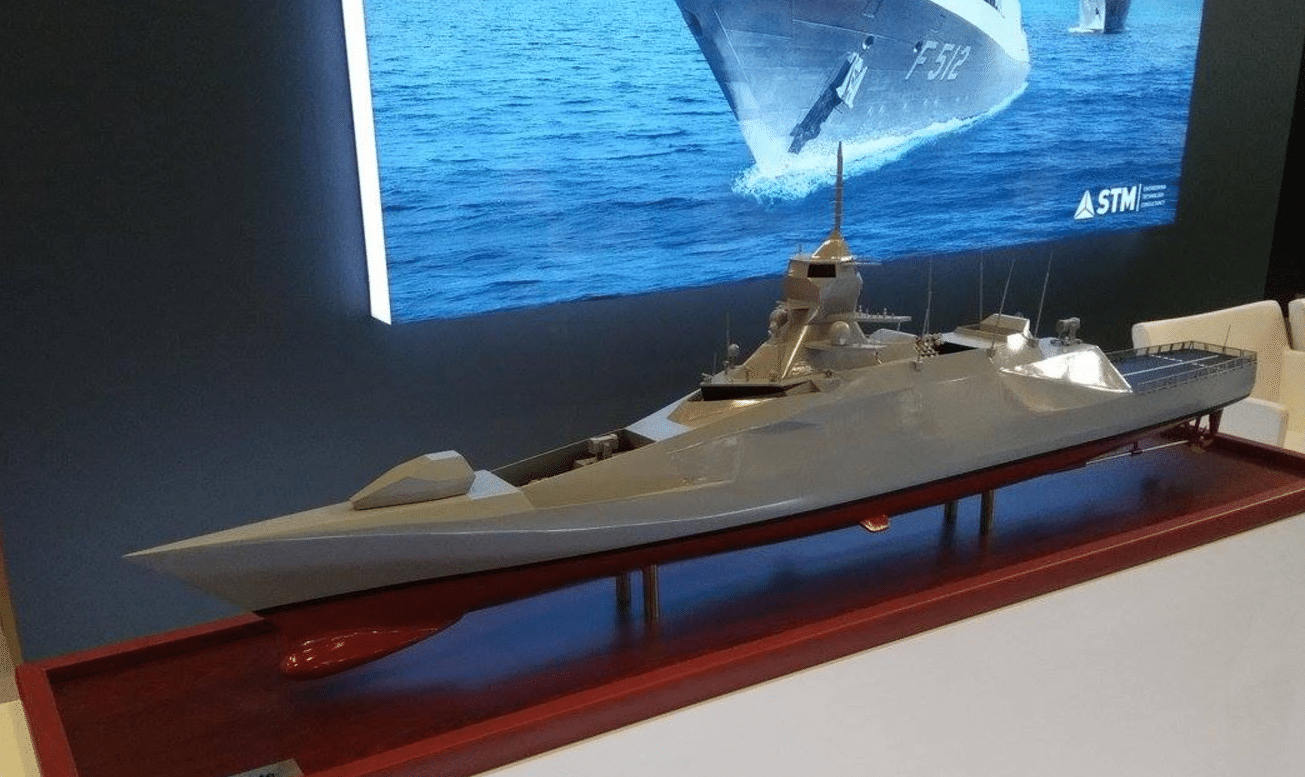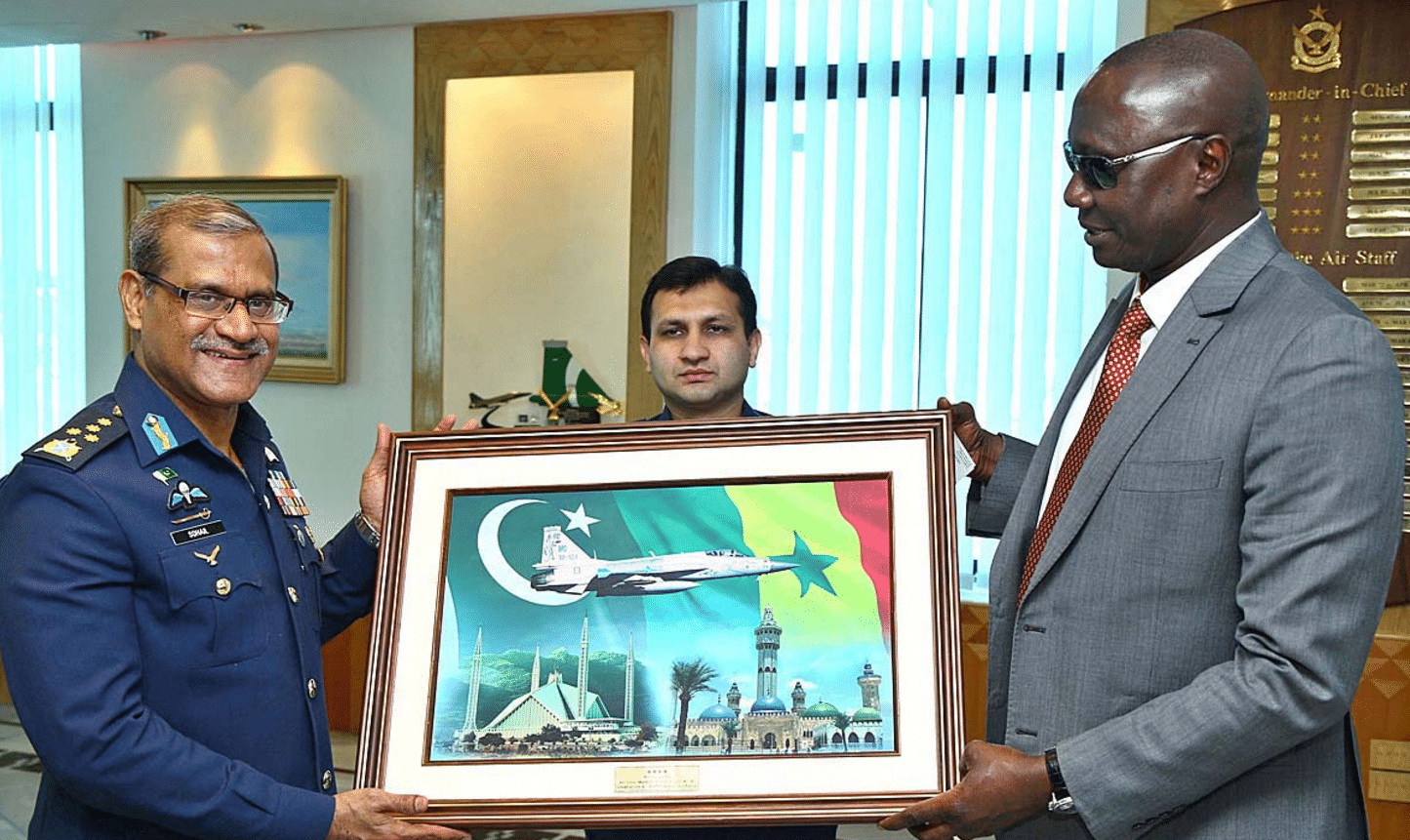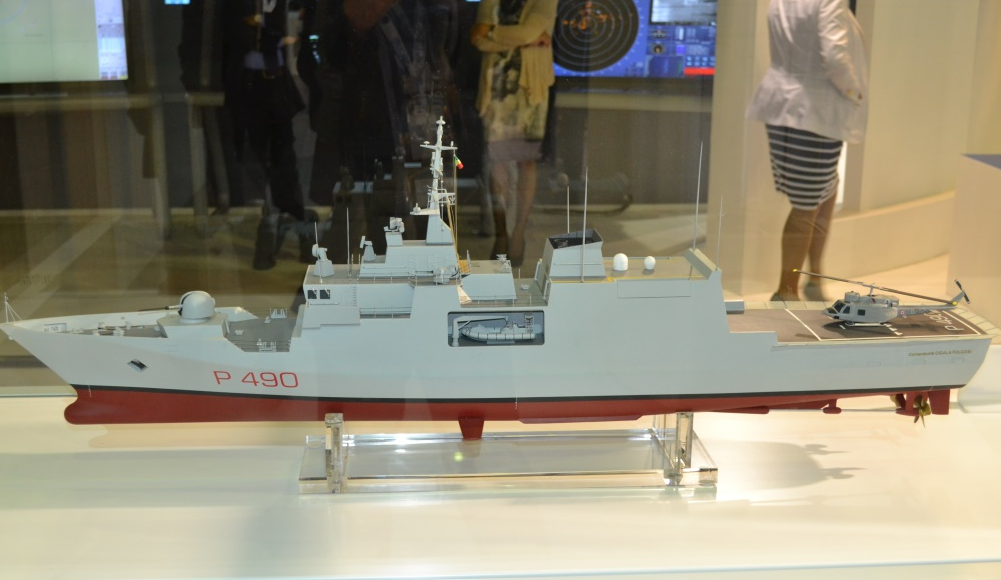2333Views 14Comments

IDEF 2017: Turkish defence industry showcases new naval products
The Turkish defence industry is showcasing newly designed and developed weapon systems at the 2017 International Defence Industry Fair (IDEF), which is taking place in Istanbul.
In the past several years, there has been growth in activity in Turkey’s naval industry. Building upon the MILGEM Ada corvette, Turkey’s defence vendors are now transitioning to offering larger, more complex and substantially more capable solutions in important areas, most notably in ship design, electronics and munitions. While Turkish Navy requirements are driving these activities, the likes of Savunma Teknolojileri Mühendislik (STM), Aselsan, Havelsan, Roketsan and others are aiming for big-ticket defence exports.
STM TF-4500 Frigate
Turkish defence contractor STM unveiled the TF-4500 multi-mission frigate at IDEF 2017. The TF-4500 has been designed for domestic and overseas needs in mind.
According to Navy Recognition, the 4,500-ton and 150-metre frigate is armed with 16 anti-ship missiles (AShM), 32 vertical launch system (VLS) cells, a 76mm main gun, two 25mm remote weapon stations, two point-defence missile systems (PDMS) and anti-submarine warfare (ASW) torpedo launchers. The TF-4500 has a top speed of 32 knots, endurance of 30 days and range of 7,000 nautical miles (at 18 knots).
STM prioritized low detectability and low observability in the design, incorporating a low radar cross-section (RCS) design with limited infrared and acoustic signatures. However, the multi-mission ship can operate in Sea State 6 conditions, and serve in a variety of roles including, among others, as a command and control vessel and air defence platform.
Aselsan ÇAFRAD Multi-Mission Radar
One of Aselsan’s marquee programs, the ÇAFRAD is a multi-mission radar suite designed for the Turkish Navy’s future anti-air warfare (AAW) frigate, the TF-2000.
The ÇAFRAD comprises of three active phased-array radar (APAR) systems: An X-band multifunction radar for air and surface target detection, tracking and classification with a range of 150 km. This is supported by an X-band illumination radar – also with a range of 150 km – for guiding semi-active radar-homing AAW missiles. Finally, a 450-km range long-range S-band search radar with the ability to track over 2000 targets. The ÇAFRAD also includes a 450-km range active non-rotating identification, friend-or-foe (IFF) system.
Aselsan ORKA Lightweight Torpedo (LWT)
Aselsan also formally unveiled its ORKA lightweight torpedo (LWT). Based on the Aselsan TORK hard-kill torpedo countermeasure system, the Orka LWT will be deployable from surface warships and aircraft.



14 Comments
by kaster
Bilal what are the chances that Pakistan will show any interest in this new TF-4500 frigate?
by Bilal Khan
“interest?” – probably 100%.
“planning?” – probably <10%
by kaster
what do you mean by planning
by Bilal Khan
The PN is aware of it, but procuring such a thing isn’t on the procurement road map. It is basically building towards small ships to fulfill peacetime EEZ and SLOC patrol duties and wartime A2/AD in Pakistan’s littoral waters.
by kaster
Then what is PN going to do about aerial threats if it is not going going to buy bigger warships because on these small warships it’s not possible to install sufficient number of anti-aircraft missiles
by Bilal Khan
I don’t know what the PN will do, but these corvettes are being bought for replacing the Type 21s in the EEZ/SLOC patrol task, not AAW.
by kaster
So these ships will not be used during a conflict?
by run
https://i.hizliresim.com/5gj1al.jpg
by Jose Sanchez
Muy buena propuesta de nueva tecnología. Es una propuesta que hay que mirar y buscar el detalle muy valida su opción. Me gustaría conocer el costo de producción y la posibilidad de ensamblar una en nuestros astilleros. Con la asesoría de la empresa STM.
by U
LoL, I believe even the PN does not have the answer to your Qs.
by kaster
All I am trying to ask is that PN biggest threat is IN. IN has 1 aircraft carrier and plan to raise the number to 3 in future so during conflict even if PN remains defensive how is planning to stop IN carrier strike groups from entering it’s waters if it’s ships are vulnerable to air threats
by Keyser
Submarines and aircraft can deal with aircraft carriers especially with Awacs support. A weapon like a aircraft carrier is only as good as it’s weapons range. And when you look at that remember the limitations of a ski ramp take off.
by kaster
I don’t understand what you are trying to say. Carriers are heavily guarded by destroyers and submarines so can PN submarines alone deal with all of them when there is so little support from there surface warships. And if I remember correctly IN destroyers are equipped with VLS for AAW and also PN aircrafts have limited ranges so how will PN use its aircrafts to help the surface and sub-surface fleet to deal with carrier strike groups.
by Keyser
Ok I will try to explain it in a more simple way. carrier groups are large. They have to evade Subs, ground based aircraft and surface fleets. AWACS. And they are only of use if their aircraft have a long range. Also the IN carrier group is not the US navy…….They can be got at…..
I would suggest you look at the various naval scenarios from the cold war.